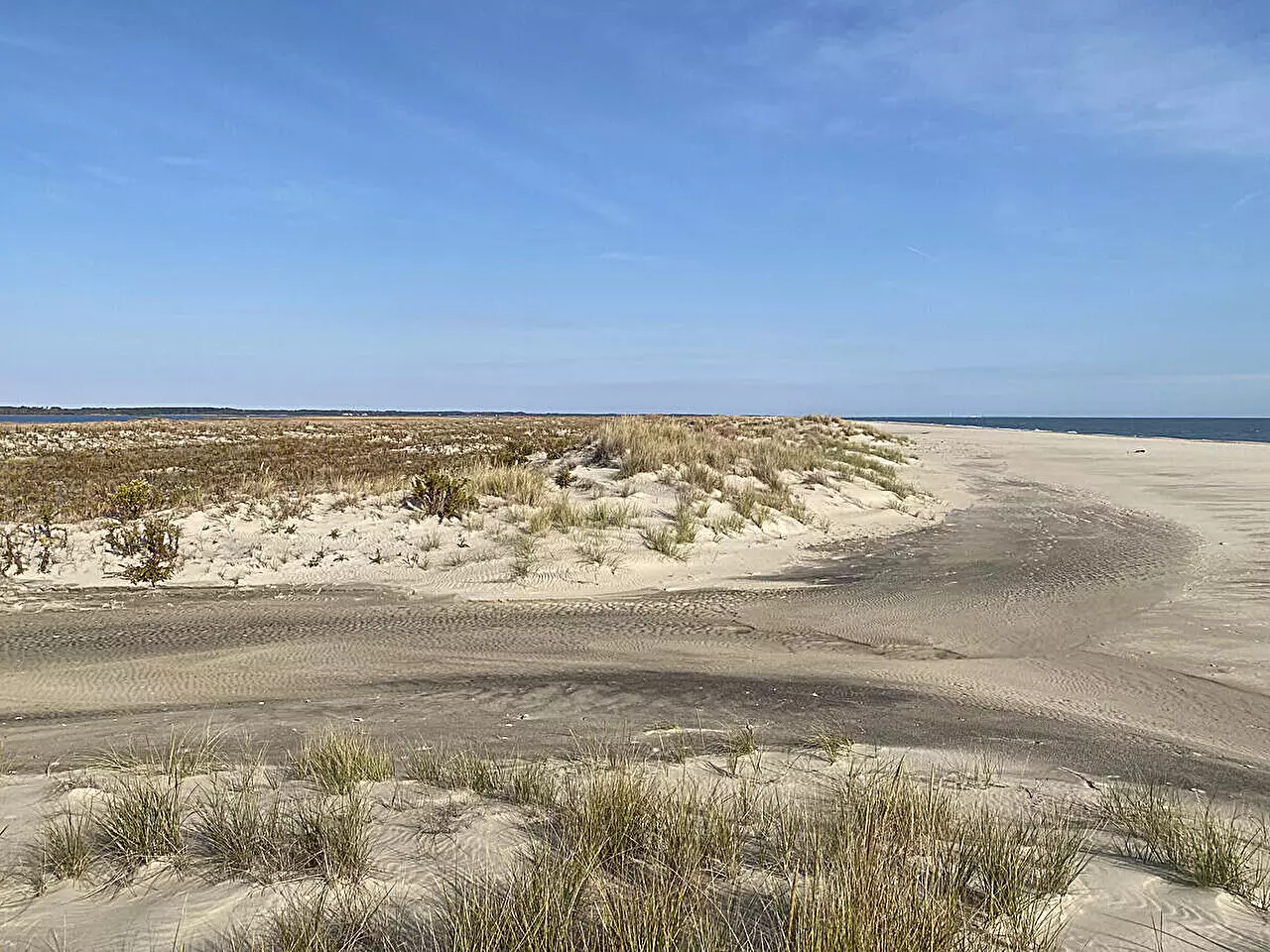Barrier islands play a crucial role in protecting coastlines from the direct impacts of storms and sea-level rise. Composed of sand, these islands are constantly shifting and evolving in response to environmental factors such as winds, waves, and tides. They act as a buffer, shielding landward areas from the destructive forces of natural disasters. However, with the onset of climate change and increasing human development, the delicate balance of these natural processes can be disrupted, leaving them more vulnerable to disturbances.
Virginia Commonwealth University professor Julie Zinnert, along with her colleagues, conducted a study on Hog and Metompkin islands on Virginia’s Eastern Shore. These islands, located within the Virginia Coast Reserve, have remained largely uninhabited for generations, allowing them to respond naturally to changing environmental conditions. The research focused on understanding the effects of dune dynamics on vegetation cover, sediment accretion, and the movement of sediment and water. By studying these factors, Zinnert and her team aimed to demonstrate the interconnectedness of different landscape elements and the importance of barrier islands in maintaining ecosystem health.
Dunes play a significant role in determining the vulnerability of landward habitats to disturbances such as sea-level rise, storms, and high winds. The elevation of dunes has been found to have a direct impact on the extent of disturbance experienced by adjacent habitats. Lower dune elevations result in higher soil salinity, lower soil carbon content, and reduced vegetation cover, making these areas more susceptible to high water events. Additionally, sediment availability acts as a key factor in dune building, with different species of dune-building grasses affecting sediment accretion rates. For example, bitter panic grass has shown lower sediment accretion compared to other species, potentially due to the warming climate in the region.
The findings from studies on barrier islands and dune dynamics are crucial for informing climate models that predict landscape changes in response to different environmental scenarios. By understanding how barrier islands naturally respond to climate change drivers, researchers can better anticipate the impacts of future conditions on these fragile ecosystems. Additionally, ongoing research aims to evaluate the future conditions of mid-Atlantic and Gulf coastlines, providing valuable insights into the potential changes in carbon storage and ecosystem health under varying climate scenarios.
The study of dune dynamics on barrier islands offers valuable insights into the interconnectedness of natural processes and the impacts of climate change on coastal ecosystems. By understanding the role of dunes in habitat disturbance and sediment accretion, researchers can better predict the resilience of these vital landforms in the face of increasing environmental pressures. Continued research and modeling efforts are essential for safeguarding the health and sustainability of barrier islands and the diverse habitats they support.



Leave a Reply